by Carley Goodreau
Wind turbines, a mainstay in clean energy generation, have unexpected consequences for wildlife. Sadly, an estimated 47,400 bats are killed by wind turbines every year1. With the number of wind turbines in Canada increasing to meet the growing renewable energy demand, bat species are facing an even greater threat.
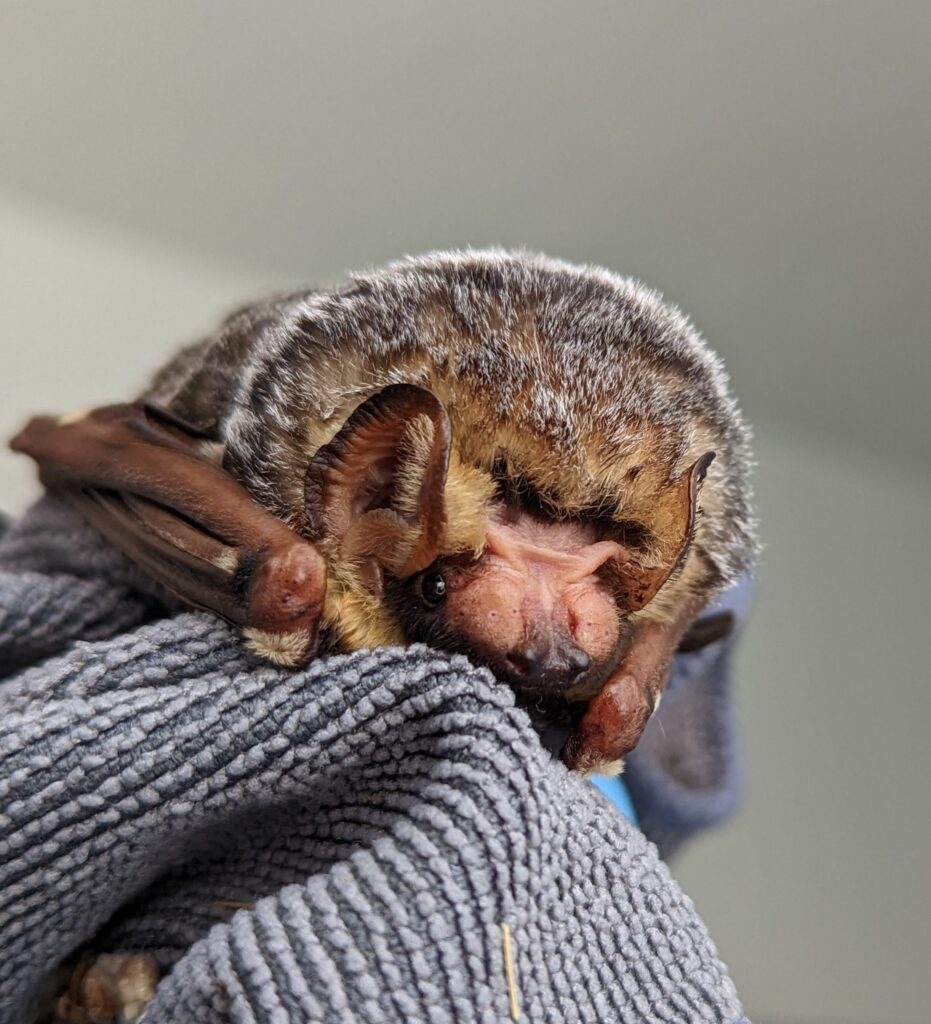
Migratory Tree Bats
Tree bats are species of bat that roost in trees and migrate to warmer climates for the winter1. In Alberta, the migratory bat species are the hoary bat, the silver-haired bat, and the Eastern red bat2. All three species are named for their characteristic fur colour and tend to roost alone or in small groups3. Spending the day concealed by the leaves of tall trees, these nocturnal creatures will fly long distances at night – up to 20 km – foraging for food3.
Deemed “elusive,” the migratory patterns of tree bats are not fully known3 and difficult to study as their movement occurs primarily at night. It is believed these bats leave the province to spend the winter, possibly, in the southern United States4.
Why does this happen?
Scientists do not know exactly what causes the unfortunate number of wind turbine-related fatalities, but several studies have proposed different possibilities. Most incidents are recorded in late summer or early fall, coinciding with both mating and migration season for tree bats, when they are the most active and moving in groups5,7.
Tree bats make up 75% of wind turbine-related bat deaths1, which leads some researchers to believe that the bats are mistaking the turbines for trees2. The bats are most likely to be injured or killed when the blades are moving at speeds lower than 5-6 m/s or 18 km/h4. This wind speed is classified as a gentle breeze and contributes to the theory that bats believe slow moving blades are tree branches.
Another proposed theory is that bats fly into wind turbine blades while feeding in the area. Insects are known to be present around wind turbines in large swarms, as they “foul” turbine blades and are attracted to the paint colour8.
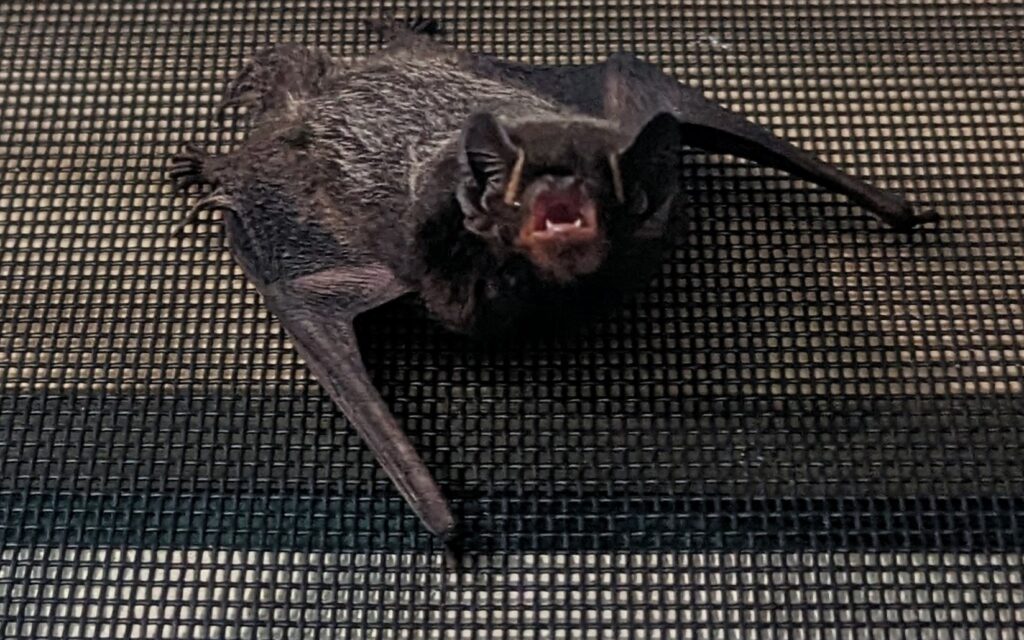
Endangered Species
As of May 10, 2023, all three species of Alberta tree bat have been assessed as endangered by the Committee on the Status of Endangered Wildlife in Canada (COSEWIC). The danger posed by wind turbines, habitat loss due to construction and logging, and food source loss from pesticides have all contributed to the sharp decline in tree bat population4.
What can be done?
Studies show that preventing wind turbine blades from turning during periods of low winds can help decrease the rate that bats are harmed.4,6 Ensuring turbines are not operating during times when bats are known to be most at risk – at night, during fall mating and migratory season, and at low wind speeds – can further reduce the danger to tree bats1. An estimated 50-80% of deaths can be avoided this way, and the effect on renewable energy generation is minimal6.
Footnotes
1. J. Ryan Zimmerling and Charles M. Francis, “Bat mortality due to wind turbines in Canada,” The Journal of Wildlife Management 80, no. 8 (2016): https://doi.org/10.1002/jwmg.21128.
2. Michael C. True, Richard J Reynolds, and W Mark Ford, “Monitoring and Modelling Tree Bat (Genera: Lasiurus, Lasionycteris) Occurrence Using Acoustics on Structures off the Mid-Atlantic Coast-Implications for Offshore Wind Development,” Animals : an open access journal from MDPI 11, no. 11 (2021): https://www.ncbi.nlm.nih.gov/pmc/articles/PMC8614452.
3. “The Bats of Alberta,” Alberta Community Bat Program, Accessed May 24, 2023. https://www.albertabats.ca/batprofiles/#:~:text=Silver%2Dhaired%20Bats%20are%20among,which%20varies%20in%20its%20intensity.
4. “Seeing conservation solutions for unseen species,” COSEWIC, Accessed May 24, 2023. https://www.cosewic.ca/index.php/en-ca/news-and-events/press-release-may-2023.html
5. “How are bats affected by wind turbines?” US Geological Survey, Accessed May 23, 2023. https://www.usgs.gov/faqs/how-are-bats-affected-wind-turbines.
6. Paul M. Cryan, P. Marcos Gorreson, Cris D. Hein, et al, “Behavior of bats at wind turbines,” PNAS 111, no. 42 (2014): https://www.pnas.org/doi/10.1073/pnas.1406672111#. [1] “Hoary Bat, Eastern Red Bat, and Silver-haired Bat now Endangered in Canada,” Alberta Community Bat Program, Accessed May 24, 2023, https://www.albertabats.ca/hoary-bat-eastern-red-bat-and-silver-haired-bat-now-endangered-in-canada/

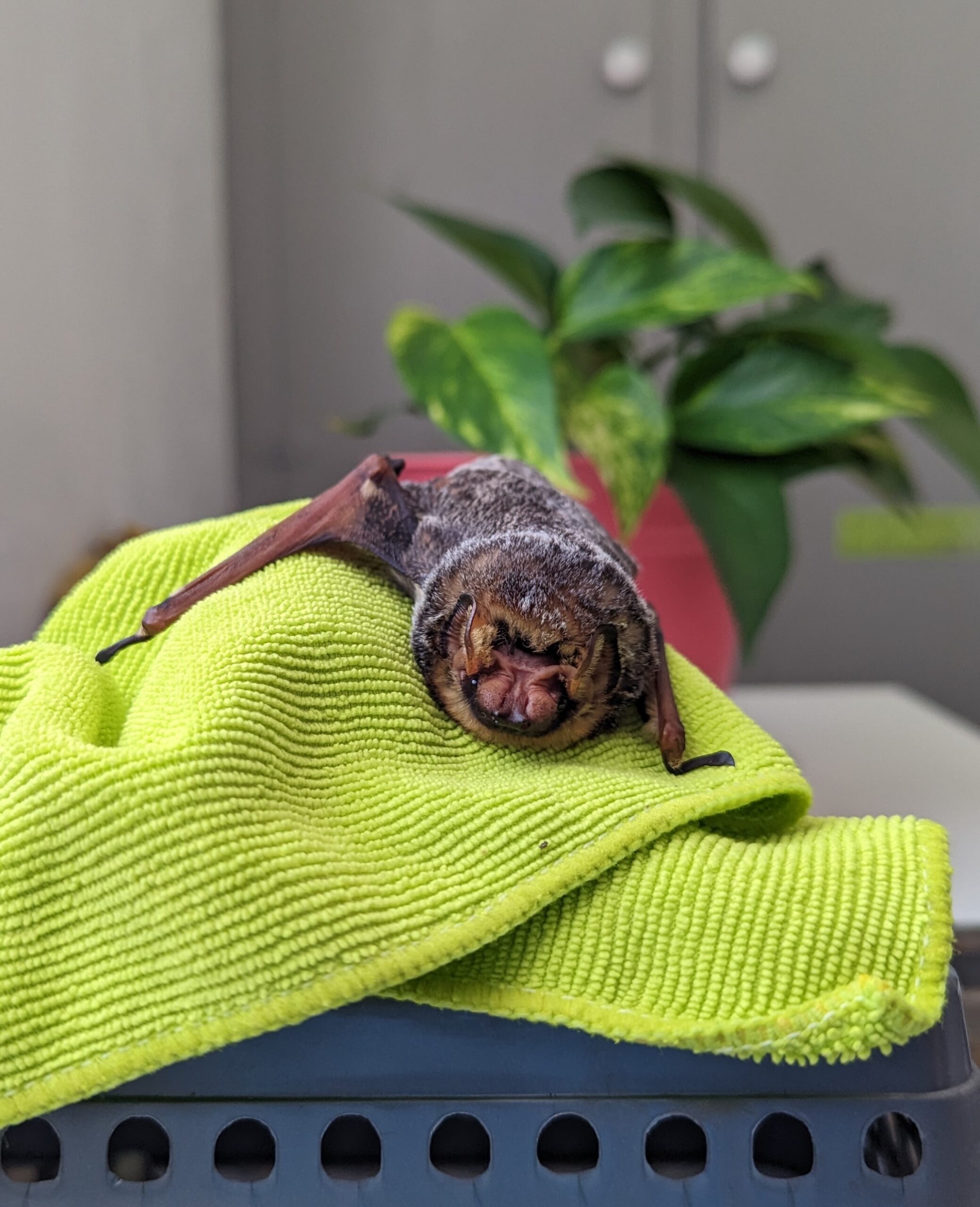
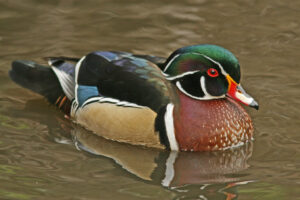
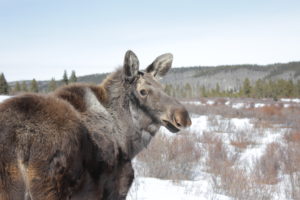
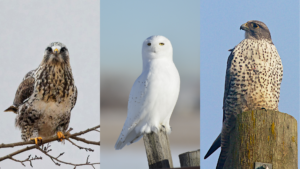


1 thought on “The Effect of Wind Turbines on Migratory Bats in Alberta”
when it is proven that wind turbines produce intermittent power at best . and never produce enough power generation to cover their cost and their high carbon foot print . we must stop all construction of these bird ,bat killing environmental destructive eye sore weapons .